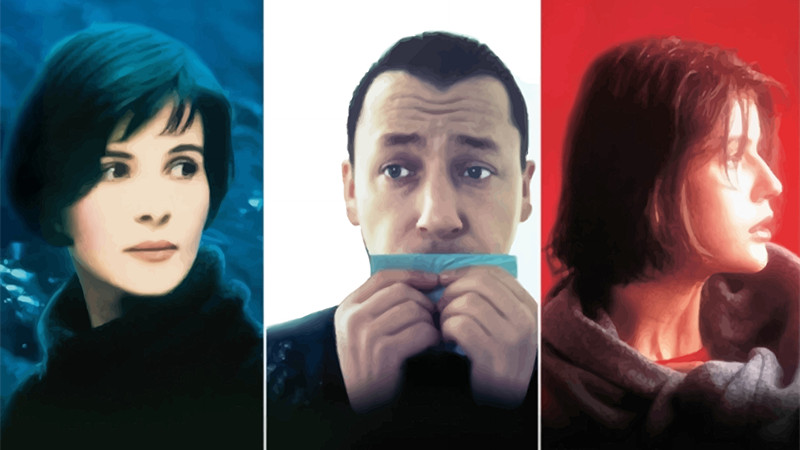
When thinking of trilogies in film, it’s more likely your mind jumps to Lord of the Rings or the original Star Wars. However, there are fewer examples of trilogies in auteur cinema that follow the same narrative throughout the series such as Linklater’s Before Trilogy. More common within auteur cinema though are non-narrative trilogies. These may be trilogies that are linked in concepts, themes, settings, or other non-narrative elements.
15. Lars Von Trier’s Europa Trilogy
The Element of Crime (1984), Epidemic (1987), Europa (1991)
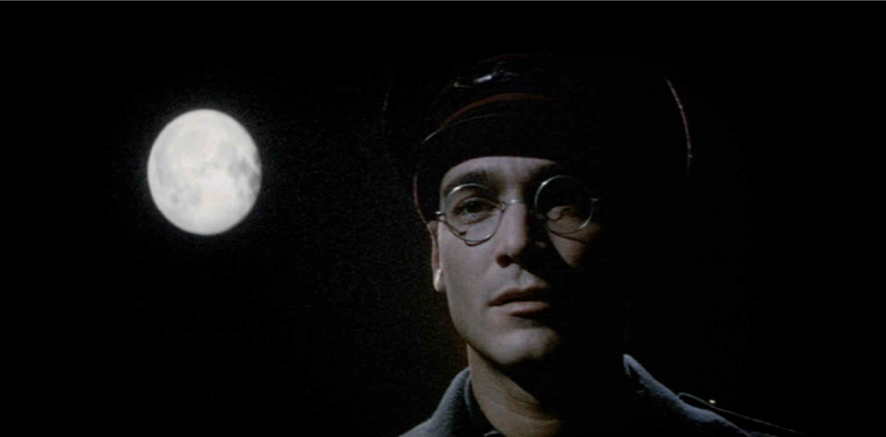
The Danish filmmaker’s trilogy is linked within the theme of crises in Europe and fear of what the future may bring to the continent. The first installment, The Element of Crime, is centered around a cop investigating the murders committed by a serial killer who becomes obsessed with the case as the differences between the two begin to fade away.
Following The Element of Crime is Epidemic, a film featuring the film’s writers, Lars Von Trier and Niels Vørsel, as they write a screenplay about a spreading epidemic which is actually occurring, though not to their attention. The final piece of the trilogy, Europa, goes back to post-war Europe and focuses on an American with German descent who begins work in Germany and finds himself torn between America and Germany.
14. Dario Argento’s Three Mothers Trilogy
Suspiria (1977), Inferno (1980), Mother of Tears (2007)
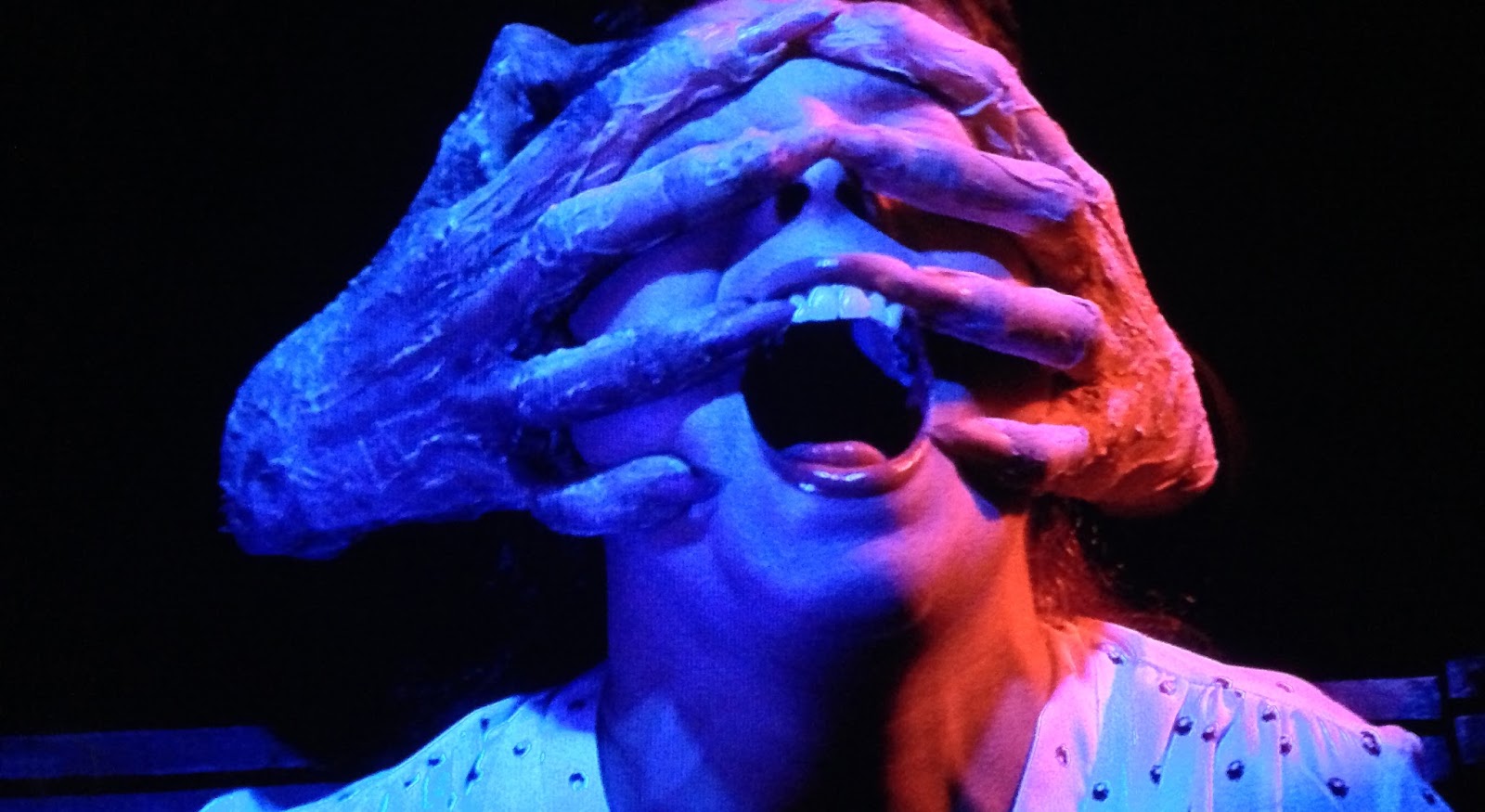
Those more familiar with giallo films should be familiar with the works of director Dario Argento. Most well known for Suspiria, Dario Argento’s concept for the trilogy comes from the writings of Thomas de Quincey.
In “Levana and Our Ladies of Sorrow” section of his work Suspiria de Profundis which features the three sorrows; Mater Suspiriorum (Our Lady of Sighs), Mater Lachrymarum (Our Lady of Tears), and Mater Tenebrarum (Our Lady of Darkness). Each film represents one of these. Mater Suspiriorum is shown in Suspiria, Mater Tenebrarum in Inferno, and finally Mater Lachrymarum in Mother of Tears.
13. Nicolas Winding Refn’s Gender Studies Trilogy
Drive (2011), Only God Forgives (2013), The Neon Demon (2016)
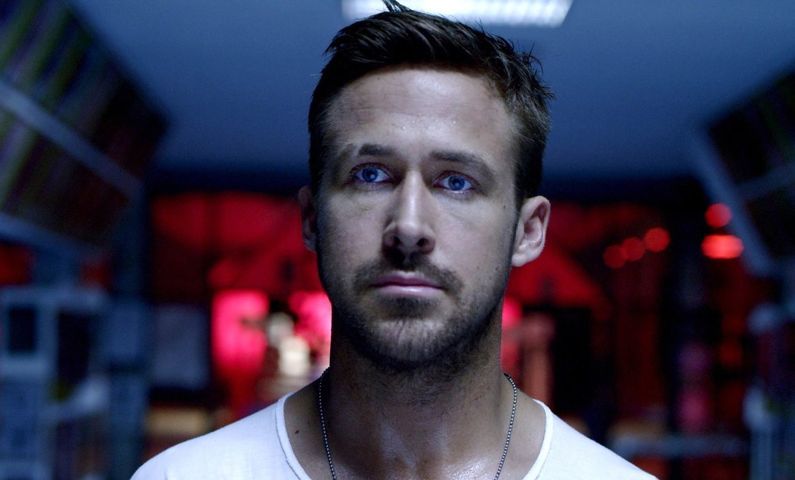
The youngest of the trilogies, Nicolas Winding Refn’s trilogy explores the constructs within genders. Refn’s work previous to Drive does touch upon the concept such as with Bronson. However, Refn’s concept truly comes to fruition in 2011 with Drive. Drive explores masculinity within the concept of the white knight.
Two years later, Refn followed up Drive’s success with Only God Forgives which was not as well received. Similar to Drive, Only God Forgives touches on masculinity. However, it is done in an entirely different light. Only God Forgives portrays the lack of masculinity and the fragility of the male ego. Julian, a man who lacks the traits, both psychologically and physically, that his brother possessed, attempts to reenter his mother’s womb towards the end of the film.
The final segment of the trilogy is Refn’s 2016 horror/thriller The Neon Demon. The Neon Demon showcases the other side of the coin with femininity. The Neon Demon portrays the consumption, envy, and vanity that lies within the models. The film is centered around Jesse, a naturally stunning model who, in her young career, is achieving success. Those around her become consumed with envy and eventually consume her (literally).
12. Alejandro González Iñárritu’s Death Trilogy
Amores Perros (2000), 21 Grams (2003), Babel (2006)
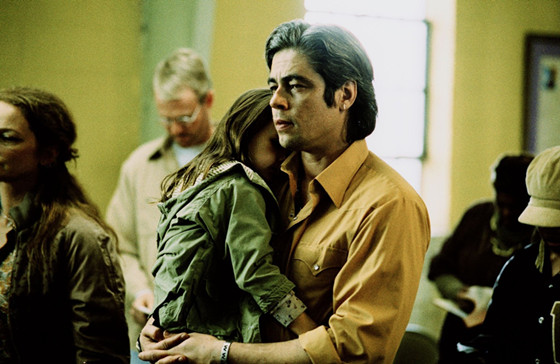
The trilogy of the Mexican director, whose popularity is growing due to his Academy Award success in Birdman (or The Unexpected Virtue of Ignorance) and The Revenant, is comprised of his earlier works Amores Perros, 21 Grams, and Babel.
The three films, called the Death Trilogy, features concepts that are actually contradictory to the name. The linking element in these films is not the death of people but actually the opposite, the human element of life. Each film is representative of how an event can bring people together, who otherwise may not have been, and its contribution to the human condition.
11. Chan-wook Park’s Vengeance Trilogy
Sympathy for Mr. Vengeance (2002), Oldboy (2003), Lady Vengeance (2005)
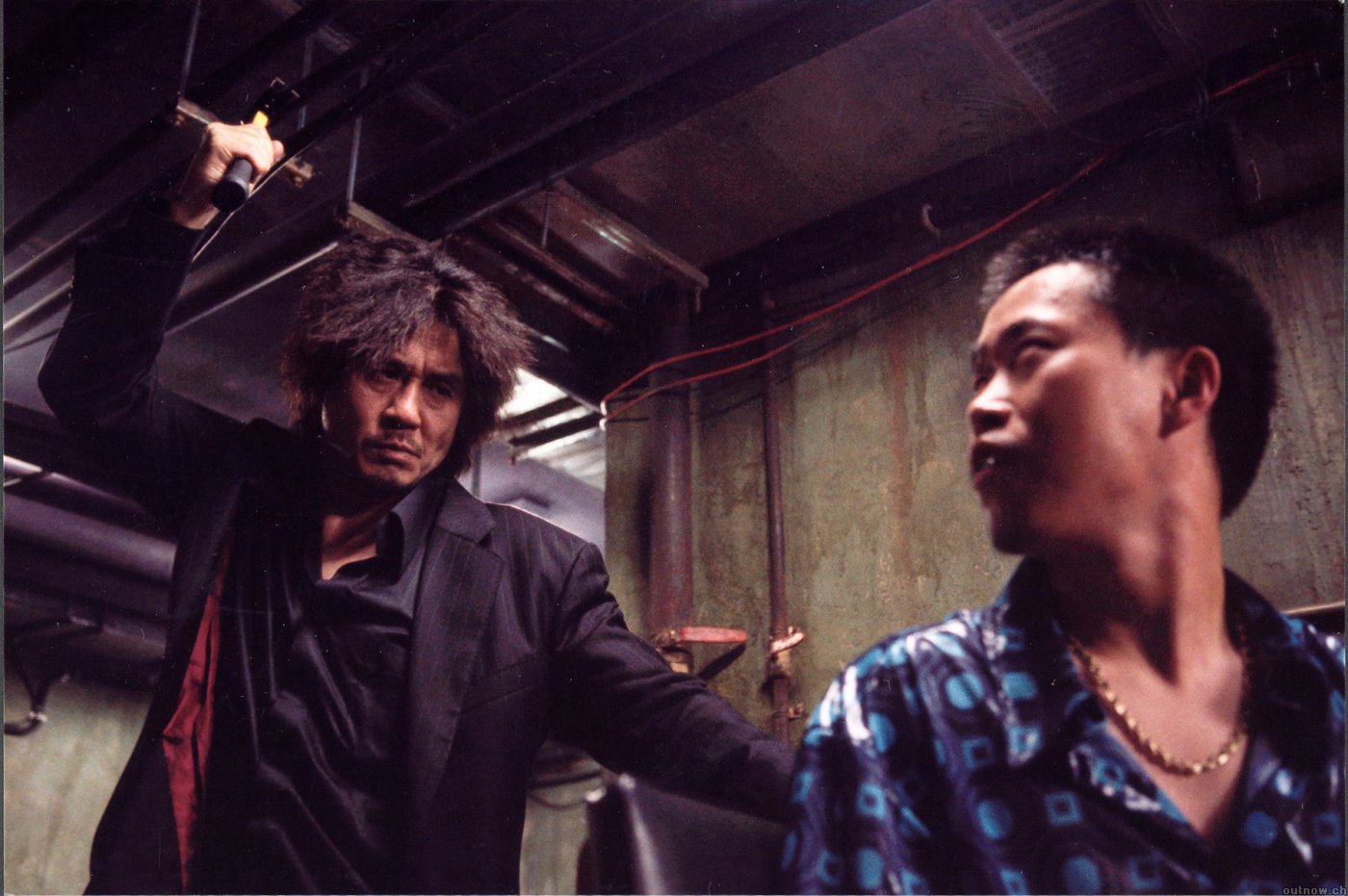
Featuring one of, if not the most well known film out of South Korea. Chan-wook Park’s trilogy is centered around three different tales of revenge. The first film in the trilogy, Sympathy for Mr. Vengeance tells the story of Ryu, a man whose sister is in need of a kidney transplant, kidnaps the daughter of a wealthy man. Things do not go according to plan as the daughter is killed and the father swears to get vengeance.
Oldboy is centered around Oh Dae-Su, a man who is kidnapped and held for fifteen years and is released one day. He must now find out why he was being held or else his new love will die. The trilogy concludes with Lady vengeance, a story about a woman framed for murder who plots to murder the actual killer upon her release.
10. Edgar Wright’s Three Favours Cornetto Trilogy
Shaun of the Dead (2004), Hot Fuzz (2007), The World’s End (2013)
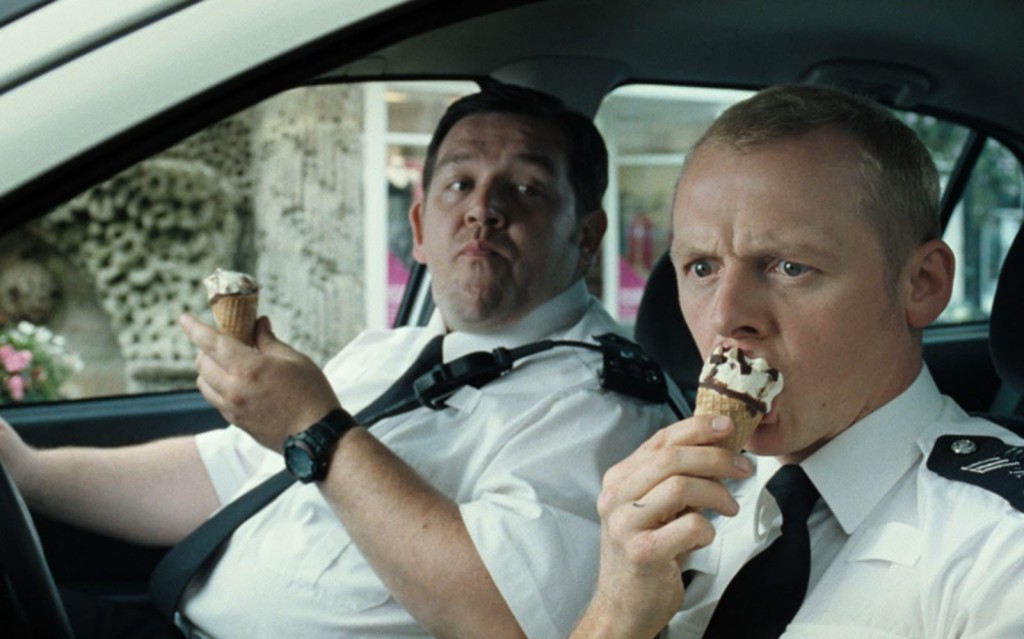
Perhaps the most obscure in name and concept, Edgar Wright’s trilogy is linked in several ways. The first being represented in the name of the trilogy as each film features different flavors of Cornetto, a British ice cream novelty.
As odd of a concept as it sounds, Wright linked flavors to the elements of each film; strawberry for Shaun of the Dead to represent the gory aspect, blue original for Hot Fuzz to represent cops, and green mint chocolate chip in The World’s End to represent the alien aspect. Beyond frozen desserts, the films are linked as Edgar Wright’s attempt and success in bringing comedy into other genre films. Each film is also centered around the actors Simon Pegg and Nick Frost.
9. Wim Wender’s Road Trilogy
Alice in the Cities (1974), Wrong Move (1975), Kings of the Road (1976)
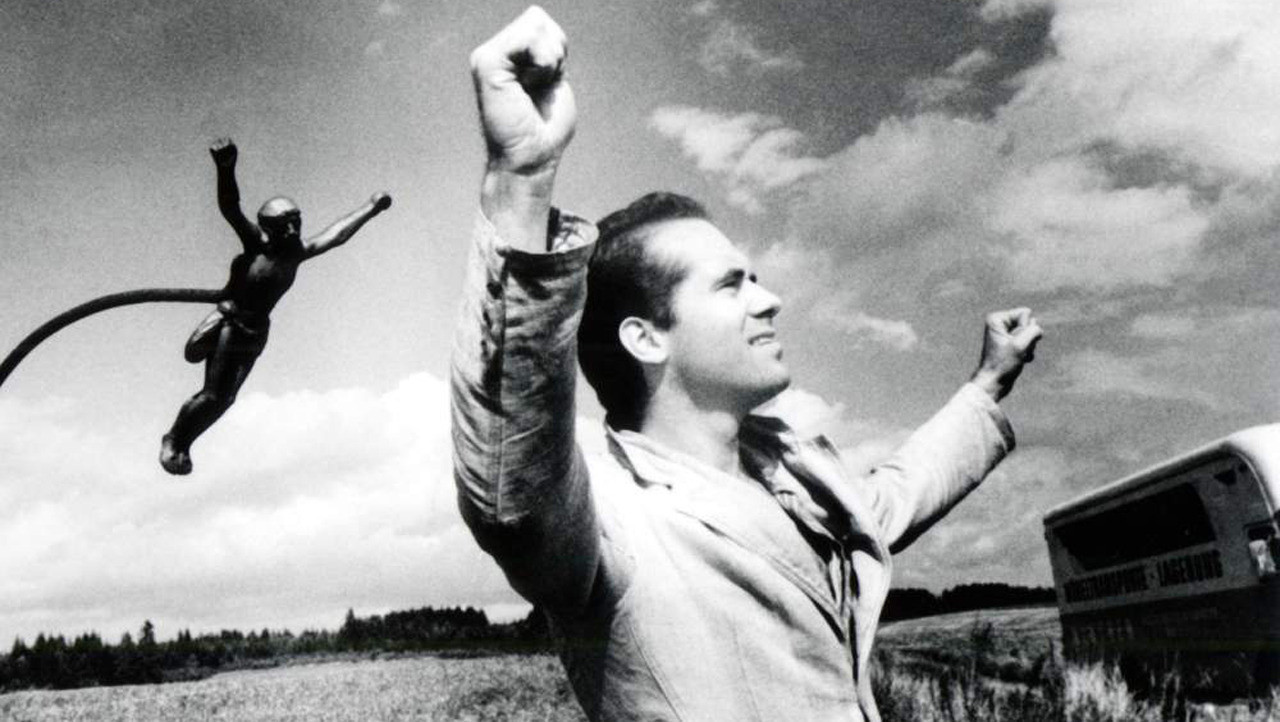
The Criterion Collection trilogy of Wim Wenders is focused on the concept of wanderlust. In each of the films, the main theme is how travelling creates new and exciting adventures as you meet new people and experience new feelings while doing so. The first in the trilogy, Alice in the Cities, tells the story of a German man in the United States with writer’s block who comes across a mother and her daughter while booking his flight back to Germany. He ends up having to care for the girl and their friendship grows as they travel from city to city trying to find her grandmother.
The second film, Wrong Move, is centered around a man who wants to write but lacks the qualities to do so which causes his mother to send him off to live his life. During his travels he meets people along the way that take him on a journey in which he experiences life. Kings of the Road portrays the companionship of two men, one whose marriage has fallen apart, as the two begin to travel together.